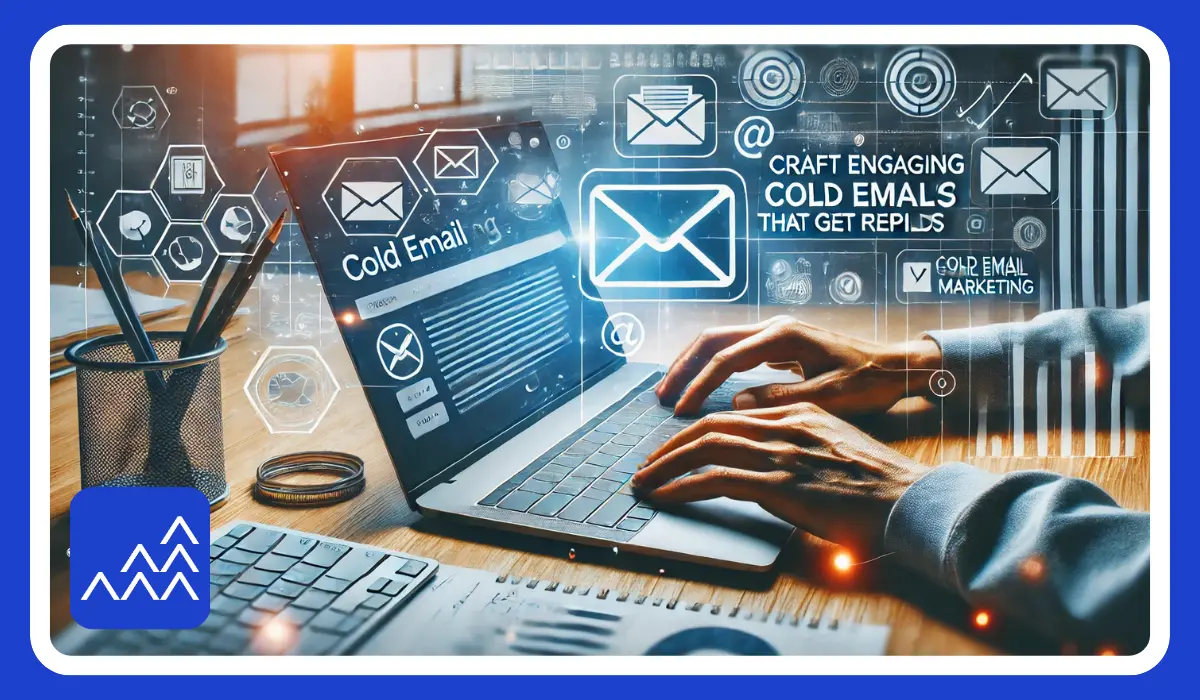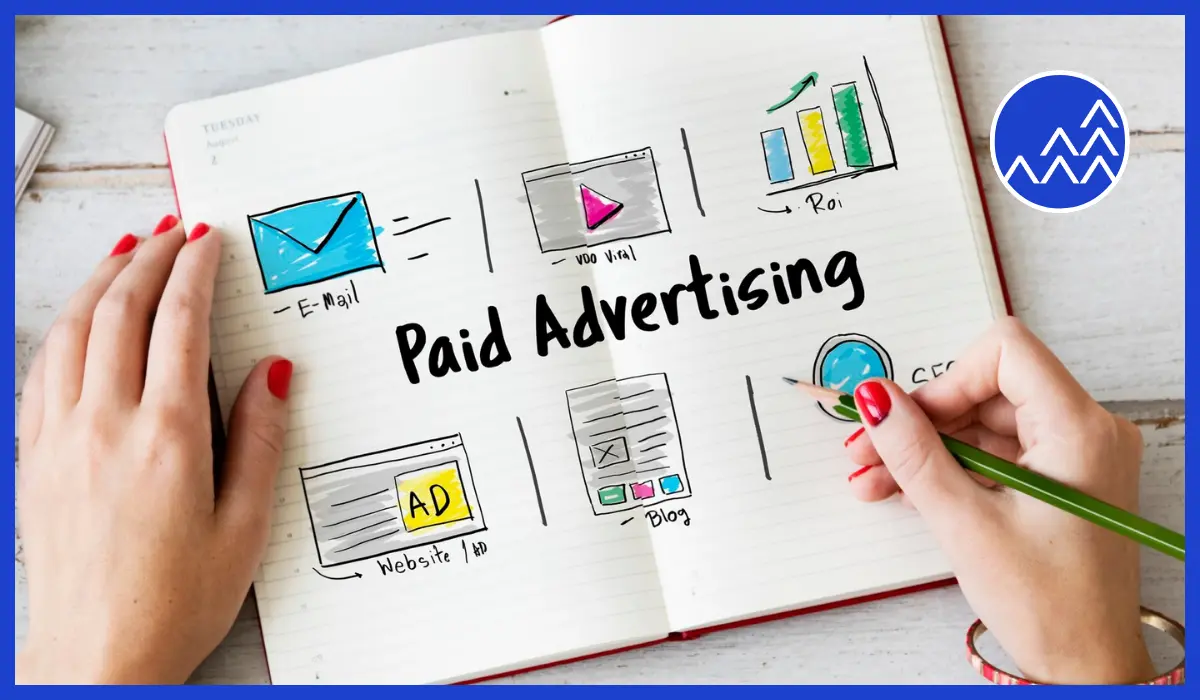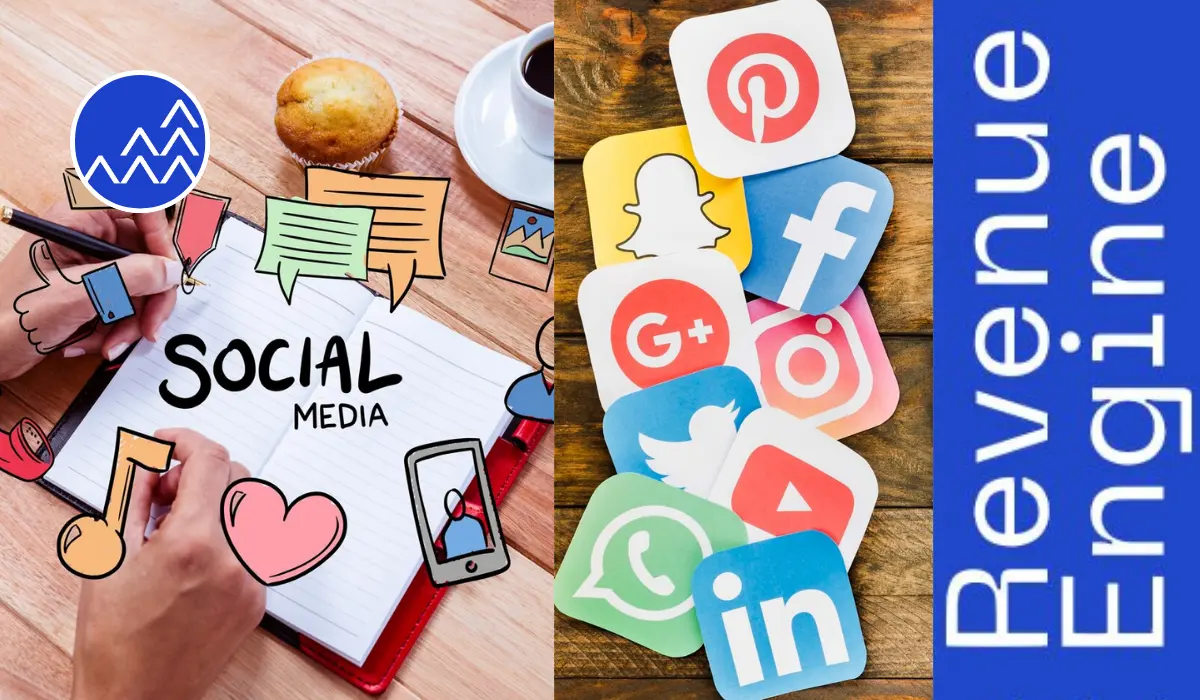Email marketing remains one of the most effective forms of direct communication in the digital marketing landscape. In this detailed guide, we will explore the nuances of cold and warm email marketing, and how an AI-based marketing agency in the USA can enhance your email outreach strategies.
What is Cold Email Marketing?
Cold email marketing refers to the practice of sending unsolicited emails to potential customers. Unlike traditional marketing methods, cold emailing allows businesses to reach prospective clients who have not yet shown interest in their products or services. The primary goal of cold emailing is to generate leads and initiate conversations that can lead to conversions.
The Importance of Cold Emailing
Cold emailing is crucial for businesses looking to expand their customer base. Here are some reasons why cold email marketing is essential:
- Cost-Effective: One of the significant benefits of cold emailing is its cost-effectiveness. Businesses can reach hundreds, if not thousands, of potential customers with minimal expenditure.
- Scalable: Cold email campaigns can easily be scaled up or down based on business needs and responses received.
- Direct Outreach: Cold emails allow businesses to directly engage with potential customers, creating an opportunity to establish relationships.
- Measurable Results: Cold emailing results can be tracked and measured, helping businesses optimize their campaigns effectively.
What is Warm Email Marketing?
Warm email marketing involves targeting individuals or businesses with whom there has been previous contact or engagement. Unlike cold emails, warm emails are sent to recipients who are already familiar with your brand or have expressed some level of interest.
Benefits of Warm Emailing
Opting for warm emails has several advantages, particularly when nurturing leads:
- Higher Open Rates: Warm emails generally have higher open rates as they are sent to recipients who recognize the sender’s name.
- Increased Engagement: Since the recipients have prior knowledge of the brand, they are more likely to engage with the content.
- Better Conversion Rates: Warm emails often lead to higher conversion rates because they target individuals who have shown interest in your offerings.
Best Practices for Cold Email Marketing
Implementing effective cold email strategies is essential for achieving success. Here are some best practices to consider:
Craft a Compelling Subject Line
The subject line is your first impression. It should be engaging enough to capture the recipient’s attention while remaining relevant. Consider using questions or intriguing statements that prompt curiosity.
Personalize Your Emails
Personalization is key to standing out in a crowded inbox. Use the recipient’s name and customize the content based on their industry or interests. This shows that you have taken the time to understand their needs, making them more likely to respond.
Keep it Concise
Avoid long-winded messages. Aim for clarity and brevity. Get to the point quickly, and ensure your value proposition stands out.
Include a Clear Call to Action (CTA)
Every cold email should have a clear and compelling call to action. Whether it’s scheduling a call, signing up for a newsletter, or visiting your website, the CTA should guide the recipient on the next steps.
Follow Up Respectfully
Many leads respond only after several follow-ups. Implement a systematic follow-up strategy, but ensure it’s respectful and spaced out appropriately.
Best Practices for Warm Email Marketing
Re-engage Past Customers
Reach out to former customers or leads that went cold. A simple message to check in could reignite their interest in your products or services.
Provide Value
Always prioritize providing value to your recipients. This could be in the form of informative content, exclusive offers, or helpful insights relevant to their business.
Segment Your Audience
Segmentation allows you to tailor your warm emails to specific groups within your audience. This increases relevancy and engagement.
Test Different Approaches
Experiment with different content, formats, and subject lines to see what resonates best with your audience. Use A/B testing to refine your approach continually.
How an AI-Based Marketing Agency in the USA Can Help
Utilizing an AI-based marketing agency in the USA can revolutionize your email marketing efforts. Here’s how these agencies can support your cold and warm email campaigns:
Enhanced Targeting and Segmentation
AI algorithms analyze vast amounts of data to identify patterns and preferences among your audience, allowing for precise targeting and effective segmentation.
Personalized Content Creation
AI tools can help create personalized email content for each recipient based on their behavior, interests, and past interactions. This level of customization significantly enhances engagement.
Predictive Analytics
By predicting which leads are more likely to convert, AI can help your marketing team focus their efforts on the most promising opportunities, optimizing resource allocation.
Automated Follow-Ups
AI solutions can schedule and automate follow-ups, ensuring no lead goes unattended while freeing up your team to focus on strategy rather than administrative tasks.
Performance Tracking and Optimization
AI tools facilitate real-time tracking of email campaign performance, helping businesses analyze engagement metrics and adjust their strategies dynamically.
Conclusion
Mastering cold and warm email marketing is crucial for any business seeking to expand its reach and generate leads. By implementing the best practices outlined in this guide and considering the advantages of engaging an AI-based marketing agency in the USA, you can significantly enhance your email marketing efforts. Start applying these strategies today to transform your outreach into successful customer relationships.
FAQs about Cold and Warm Email Marketing
What is the difference between cold and warm emails?
Cold emails are sent to potential clients without prior contact, while warm emails are sent to individuals who have previously engaged with your brand.
How can I improve my cold email response rates?
Improve response rates by personalizing your messages, crafting compelling subject lines, and ensuring you provide a clear value proposition.
What metrics should I track in my email marketing campaigns?
Track metrics such as open rates, click-through rates, conversion rates, and unsubscribes to measure the effectiveness of your email campaigns.
How often should I follow up with cold email prospects?
Follow up no more than 2-3 times, allowing at least a week between emails to provide time for responses without coming off as too pushy.
Is it legal to send cold emails?
Yes, but it is essential to comply with relevant laws such as the CAN-SPAM Act in the USA, which requires clear opt-out options and truthful subject lines.
For more comprehensive marketing strategies and insights, visit Go Revenue Engine.








